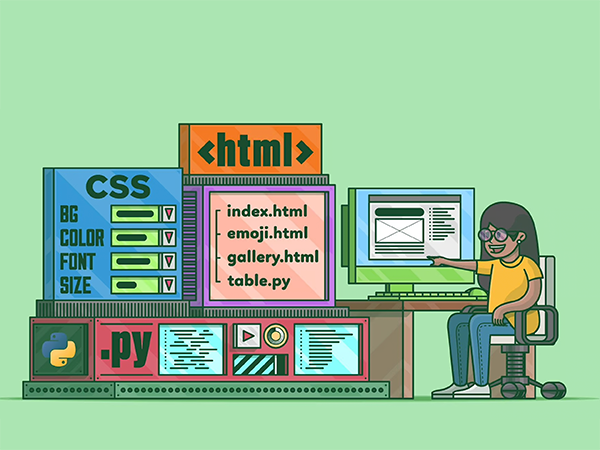Troubleshooting 101: A Beginner's Guide to Identifying and Resolving Problems
Last updated Thursday, 01/08/2024 01:23 by Lioniel Richard
Learn the basics of troubleshooting, from identifying common error messages to implementing effective solutions for your systems and applications.
Troubleshooting is the process of identifying and resolving problems with a system or application. It's a systematic approach to diagnosing and fixing issues that prevent something from working correctly. Whether you're dealing with a malfunctioning computer, a buggy software program, or a network connectivity issue, understanding the fundamentals of troubleshooting can save you time, frustration, and potentially even money.
Key Concepts in Troubleshooting:
- Problem Identification: The first step is recognizing that a problem exists. This could be anything from an error message on your screen to a noticeable decline in performance.
- Problem Isolation: Once you've identified a problem, you need to isolate its root cause. This involves systematically eliminating potential causes one by one until the source of the issue is pinpointed.
- Solution Implementation: After isolating the problem's root cause, the next step is to find and implement a solution. This could involve anything from restarting a device or reinstalling software to more complex procedures like replacing hardware components or modifying system settings.
- Verification and Documentation: Once a solution has been implemented, it's crucial to verify that it effectively resolves the problem. This may involve running tests or monitoring the system's behavior over time. Documenting the problem, the troubleshooting steps taken, and the final resolution can be invaluable for future reference or for assisting others facing similar issues.
Common Troubleshooting Techniques:
- Restarting: A simple but often effective solution for resolving minor software glitches or temporary conflicts.
- Checking Connections: Ensuring all physical connections (cables, plugs) are secure and functioning correctly.
- Consulting Documentation: User manuals, online help centers, and manufacturer websites can provide valuable information and troubleshooting tips.
- Running Diagnostics: Utilizing built-in diagnostic tools or third-party software to identify hardware or software problems.
- Searching Online Forums and Knowledge Bases: Many online communities and resources offer solutions and guidance for common troubleshooting scenarios.
Essential Skills for Effective Troubleshooting:
- Analytical Thinking: The ability to break down complex problems into smaller, more manageable parts.
- Problem-Solving Skills: Thinking critically and creatively to identify potential causes and solutions.
- Patience and Persistence: Troubleshooting can sometimes be a time-consuming process, so patience and persistence are essential virtues.
- Attention to Detail: Paying close attention to error messages, log files, and system behavior can provide valuable clues for diagnosis.
By mastering these fundamental concepts and techniques, you can become a more confident and effective troubleshooter, capable of tackling a wide range of technical challenges.
Published: 01 August 2024 01:23
















